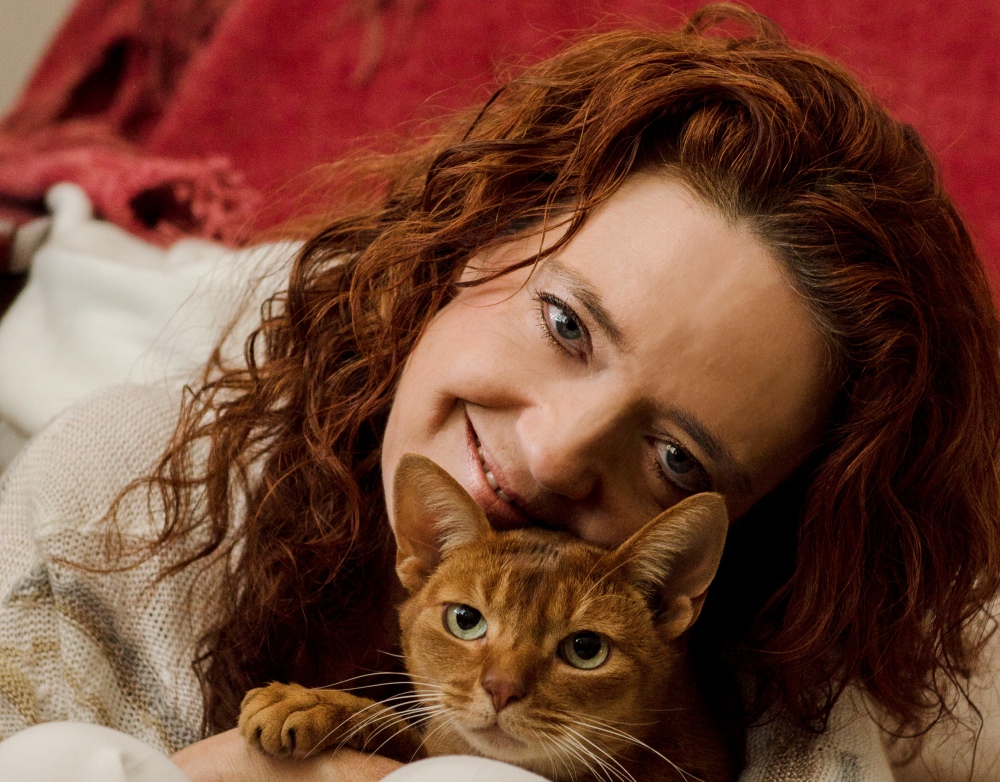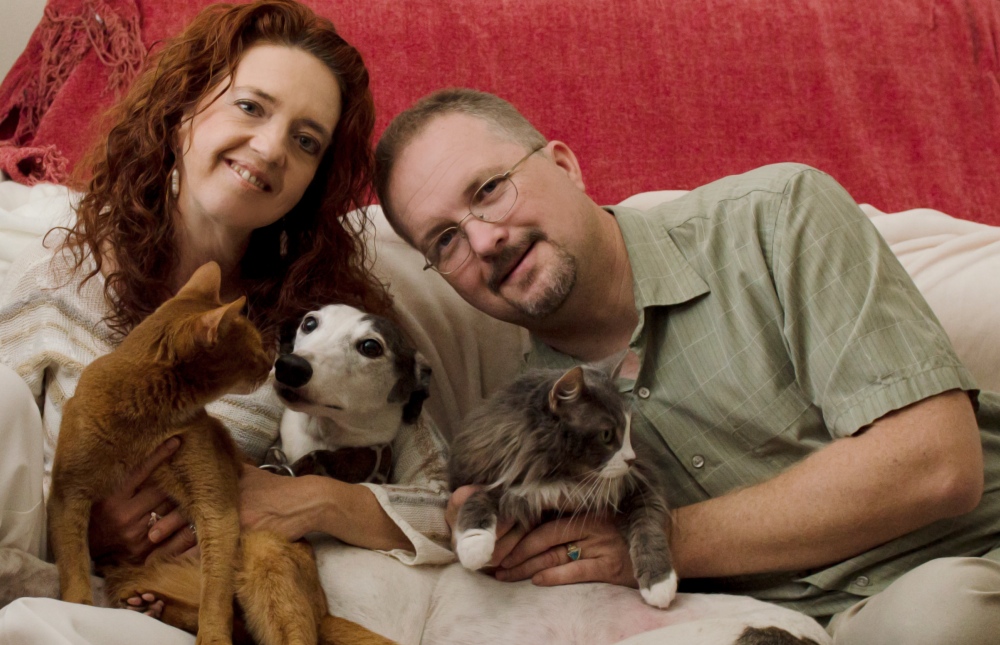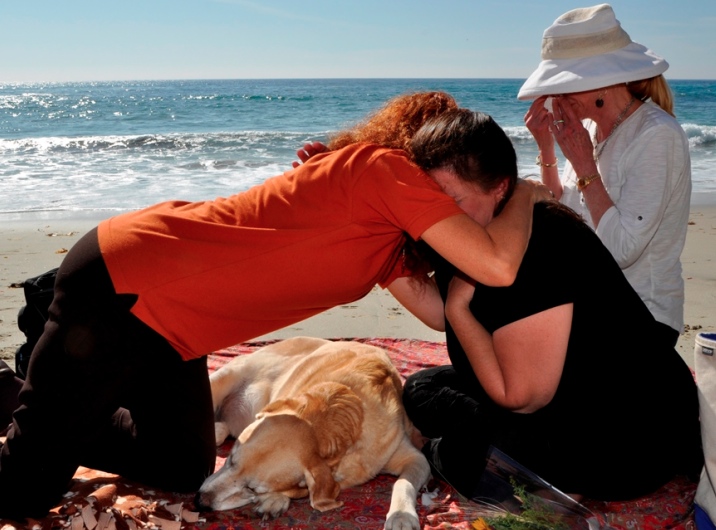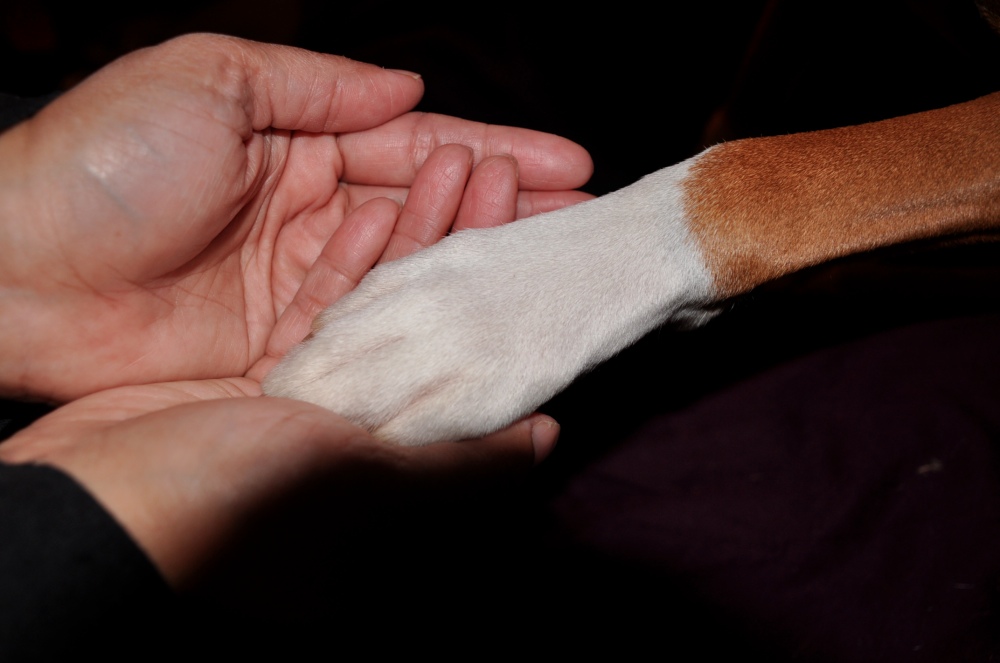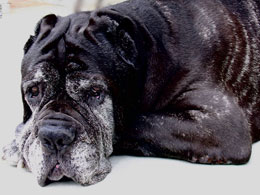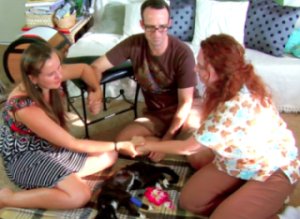
Putting your cat to sleep is a heartbreaking decision to make. While it may be true that cats are independent, one can get emotionally attached to a cat just as easily and deeply as to a dog. Cats can become such an intrinsic part of our lives that cat euthanasia is a very personal, very intimate decision. Putting your cat to sleep is not a decision that is made lightly for most cat owners.
All the information given on my Home Page and in the Pet Euthanasia page apply to cat euthanasia as well. However, cats are not small dogs. They are a different species entirely and some special considerations apply.
The word euthanasia comes from the Greek and means “easy death”. The root “eu” means good, improved, easy. “Thatanos” means death. It is the act of ending a pet's life for humane reasons. It is done by the administering of an overdose of anesthetic in as painless a manner as possible. Some common synonyms are “putting to sleep”, “put to sleep”, “put down”, “euthanise”, “mercy killing”, “humane end of suffering”, “painless death”. Some incorrect variations I have also heard are “euthanization”, “eutanize”, etc...
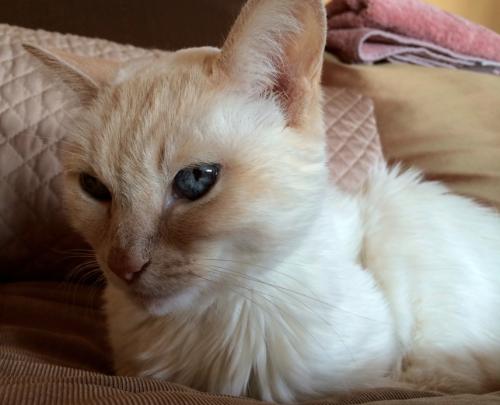
A peculiarity of cats is that they are very resilient. There is some truth to the old myth that cats have nine lives. While dogs can decline rather rapidly and visibly, cats can go downhill for a long time, very gradually and they are even more expert than dogs at hiding their pain and their symptoms. The decision to euthanise your cat requires a lot more observation and perception on your part than it does for a dog. For most dogs, it becomes rather obvious, they tend to communicate a bit more overtly than cats do.
A cat can sometimes be able to survive for a month or more without eating at all and even longer by eating very little. They can gradually become more and more dehydrated, loose more and more weight until they are barely “skin and bones”. A dog, on the other hand will not survive long without food. When you are trying to make a decision as to when the time has come have euthanasia performed on your cat, food intake has a lot to do with it.

Cats are very sensitive to a “sour stomach”. This causes a dwindling spiral when it comes to appetite. The less they eat, the more their stomach will be sour and the less they will want to eat. Some diseases like kidney disease (renal failure or kidney failure), liver disease, inflammatory bowel disease and cancer will cause anorexia in a cat. Once anorexia has set in, it can rapidly become a vicious circle as described above. This is not necessarily the deciding factor for cat euthanasia, but getting a cat to eat is a battle against death. Your veterinarian will help you in fighting this war, but there comes a point where no matter what you do, your beloved furry friend has given up and will not eat anymore at all or not enough to sustain long term life and to warrant quality of life.
It is a myth that cats “go hide to die”. More likely, they go wandering off for a little stroll and being too weak to come back will just get stuck somewhere and die of dehydration, hunger or get killed by a coyote. Dying of hunger and dehydration, alone and afraid for a cat can be a long drawn out process that no pet owner want to have their cat suffer through. Therefore, it is important that when your cat is sick or old and getting too weak to take care of himself, that he or she is supervised and not put in a position where he or she could roam freely and wander off, get lost and end up dying in that manner.
Pre-euthanasia injections

On my web page that discusses the use of sedation in euthanasia, the subject of pre-medications is discussed and it is recommended that unless certain conditions exist, it is better to place the IV catheter without pre-medications. When it comes to cats, however, it is not the case. Cats will generally not be comfortable for the placement of an IV and almost ALWAYS will be anxious and stressed if awake during this process. As the purpose of our service is to make everything as peaceful and easy as possible for your baby, sedation prior to the IV placement is always the better way to go. And although perhaps not common, it is not rare either that cats will react to the sedative no matter what we do. We do our very best to avoid the stress of the injection, but regardless, some cats will react no matter how gentle we are or what precautions we take. In some cases, it is even better to administer the sedative in 2 separate injections. In the case where we split the first injection in two, the first one will contain a tranquilizer and a pain killer. The 2nd one will be the sedative itself. The sedative tends to cause more discomfort in cats, which is why in some cases, we choose to split it and give the pain killer first. However, for some cats, it is better to "get it over with" and give it all in one shot rather than putting the cat through 2 separate injections. This is where we have to make a "judgement call". For those sweet babies who react negatively to the sedative and who may even hiss, cry and/or run away after the sedative injection, be comforted with the thought that this minimal stress is better than the stress of having taken him to the hospital where, in addition to experience the same discomfort to the sedative injection, your fur baby would have also experienced great anxiety, being away from home and loved ones. Please be comfortd with the thought that despite the discomfort of the sedative, the fact that your baby was at home with you to confort him, the experience overall, could not have been more peaceful.
Another reason why sedation is necessary in cats is that cat veins, particularly in conditions that cause dehydration and weight loss, are much smaller than most dogs' and can be more difficult to find, which may submit your cat to several needle pokes before successfully inserting the IV. A correctly heavily sedated cat will not feel those pokes and will be peacefully unaware of any discomfort or stress.
Fractious/scared cats
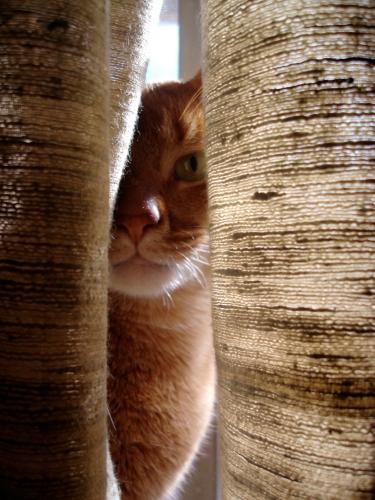
Often times, we are called upon to help a cat who is either very fractious, very scared of people or even feral or semi feral. Dr. Forslund has found a very simple way to help those kitties without stressing them out unduly. It is highly recommended that pet owners whose little one is of that particular personality read the following message from Dr. Forslund:
"I have special recommendations when I help a family whose little kitty is extremely afraid of people. Normally, I will sit with the families that I help, get to know the pet, make friends with him or her so that he or she is not afraid of me and understands that I am here to help. In the case of fractious, scared or feral cats, it is counter-productive to attempt this interaction and it produces the exact opposite result and we end up with a little guy who is stressed out, wants to hide or gets angry which is the exact opposite of what we are trying to accomplish with a home euthanasia. We want them to feel peaceful and safe."
"Therefore, the best way to accomplish this is to minimize interaction. If you have any concerns that your cat will be difficult for you to find, it is imperative that, at least an hour or two before our appointment, you safely put your cat in a small room with no places where he could go hide as under couches, beds, behind furniture, etc.. Nothing will stress your cat more than you having to chase him or pull him out from under a bed or couch. Sometimes, a bathroom is the best place."
"I try my best to have your kitty not even be aware of my presence. When I have arrived at your home, I will call you from my car so that you know that I am there and so that your cat does not hear a knock on the door, the door bell or voices outside. I will ask you to meet me outside of your home, either on the porch or in my car. We will take care of all the paperwork and I will answer all your questions about the procedure. I recommend that you provide me with some of your cat's food which I will put on my hands in order to smell like something familiar to him (even if he has lost his appetite: the purpose of this is so that I don't smell like something foreign). You may even want to provide me with a jacket that smells like you and that I can wear over my clothes, again so that he doesn't smell a stranger. Then, you will go to your cat, put on some soft music to minimize the chances that he will hear me when I enter your home and dim the lights. You will pick up your baby in your arms and cradle him with his head facing AWAY from where I will enter the room. I will give you a few minutes to get settled and then I will very quietly enter your home, I will have the sedative injection ready in my hand and I will find my way to where you will be waiting for me with your kitty. You will be stroking your kitty on the back of his neck, again making very sure that he is facing away from me so that he does not see me. My hand will replace yours on the back of his neck, I will gently give him the sedative injection and quietly ease out of the room and let him fall asleep in your arms with him not having to worry about a stranger being in his space."
"Most of the times, even fractious cats will not realize that I have even been there. If your kitty is super sensitive, he may protest when he start feeling the injection, but this action is VERY quick and even if he reacts and gets a little upset about this first injection, this gentle and unobtrusive approach is FAR better, FAR LESS traumatic and more peaceful than any other approach. I will not come back in the room where you will be with your cat until after he has fallen asleep from the sedative and only when he is completely asleep will I come back in the room for the rest of the procedure and he will not be aware of my presence."
If your kitty fits into the description above, it is very important that you let our staff know so that the doctor can be alerted to use the above protocol. As not all cats are scared/fractious cats, we do not use this protocol routinely: only when the situation warrants it.
Why provide home euthanasia for your cat?

Nearly 100% of cats absolutely abhor going in the car and hate even more the dreaded trip to the vet's. The amount of stress that a car ride and a visit to the veterinarian's office imposes on your feline friend is out of proportion. The stress of this visit can be justified when in the long run it will mean longer survival and improved health. But when it is for the final journey, saying farewell to your cat in the comfort of his own home, surrounded by the ones he loves and trusts will mean more to your cat than you can imagine.
Cats have a particular button on dignity. They just can't stand it when they are put in a position of inferiority or in a situation where they loose dignity. Being put in a cat carrier and forced to go for a car ride is very distressing to a feline.
When you put this into perspective and assume the viewpoint of your feline friend, the expense of a home euthanasia is well justified.
